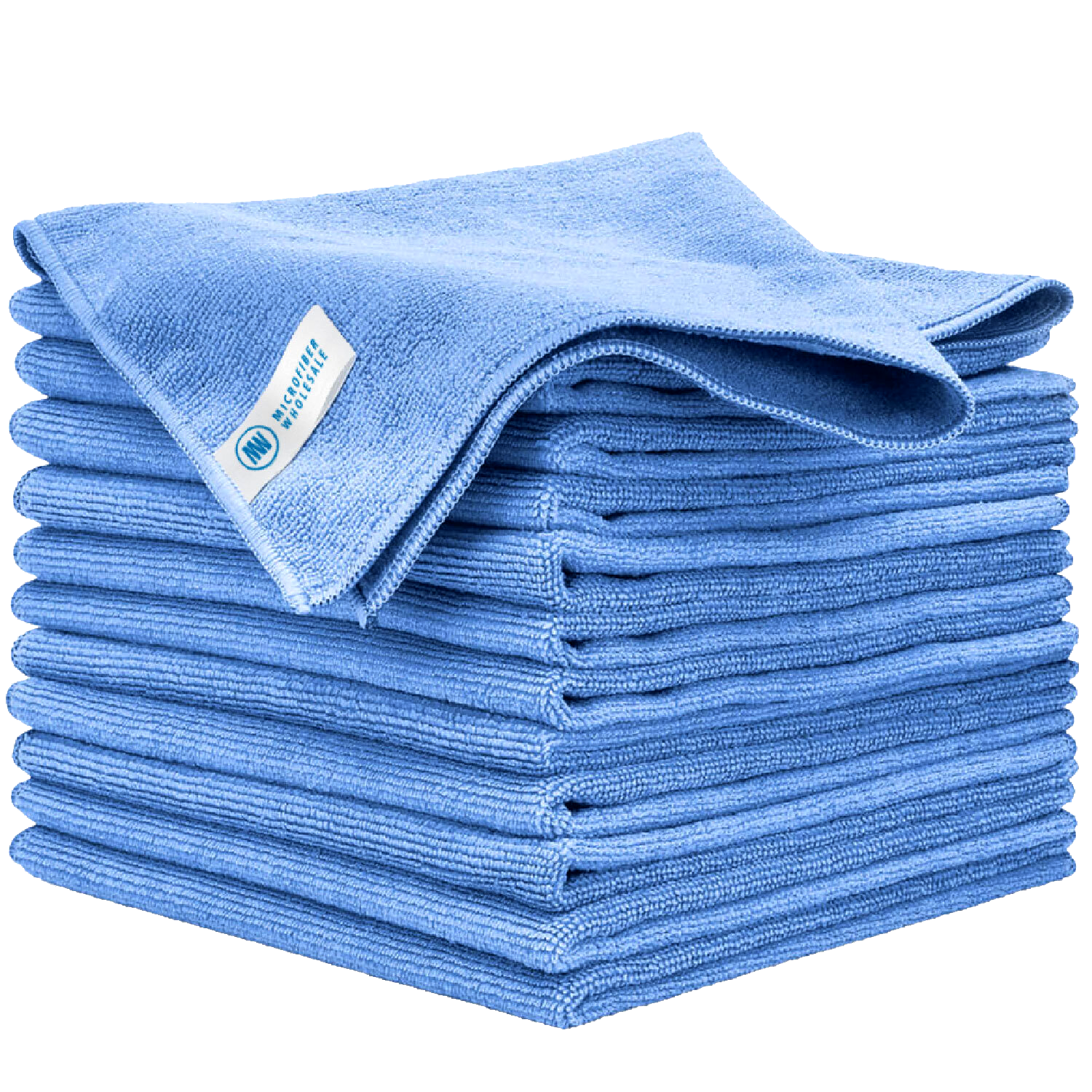How to Clean Windows: Glass and Sills
Windows are a key feature in every room, allowing natural light to brighten up your space. However, they tend to accumulate dust, grime, and streaks, especially after rain or exposure to pollutants.
Cleaning windows and their sills thoroughly ensures a sparkling, streak-free finish that makes a huge difference in the overall appearance of your home. Here’s a step-by-step guide to achieving professional-level window cleanliness.
Clean the Window Sills and Frame
Window sills and frames can harbor dirt and grime. Dirty sills can also make a window look terrible even if the glass is clean.
Vacuum the Sills and Frame
Use a vacuum with a crevice tool to suck up loose dust, dirt, and cobwebs from the sills and frame. Pay attention to the edges and corners where debris tends to collect.
Wipe Down the Sills and Frame
Dampen a microfiber cloth with all-purpose cleaner and wipe down the window sills and frames. This will remove any remaining dust or dirt that the vacuum didn’t pick up. For stubborn spots, a soft-bristled brush or toothbrush works wonders in cleaning crevices and hard-to-reach areas.
If you can't reach the top edge of the window sill, use a microfiber high-reach duster dampened with some all-purpose cleaner.
Dry the Area
Once the sills and frame are clean, use a dry microfiber cloth to thoroughly dry the surfaces. This helps prevent water spots and keeps mold or mildew from forming in damp areas.
Clean the Window Glass
Now that you’ve cleaned the tracks and sills, it’s time to tackle the window glass. Follow these steps for a streak-free shine:
Spray the Cleaner
Spray your glass cleaning solution it directly onto the glass. Be generous, especially in areas with visible smudges or grime.
Wipe with a Microfiber Cloth
Using a microfiber cloth, wipe the glass in a circular motion. This technique helps lift and eliminate streaks. For very dirty windows, you may need to repeat this step or use a second clean cloth for a final wipe.
Use a Lint-Free Glass Cloth
For a flawless, streak-free result, use a lint-free glass cloth. This cloth works best on glass that is still visibly wet, so if the surface is dry, get a damp microfiber cloth and working in sections, wipe over the area with the damp cloth.
Follow with the glass cloth, polishing and buffing the surface revealing a spotess, like-new finish.


















 By continuing with your order, you acknowledge and agree to the following:
By continuing with your order, you acknowledge and agree to the following: